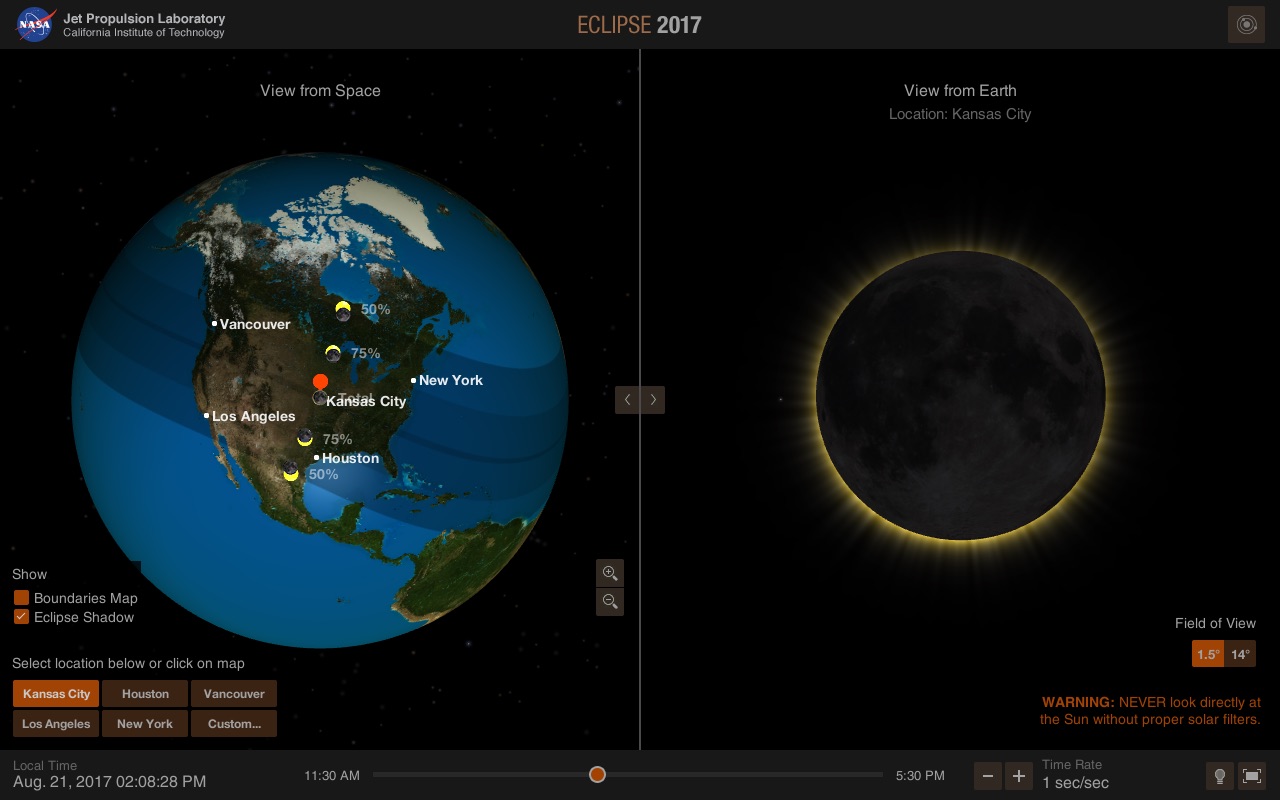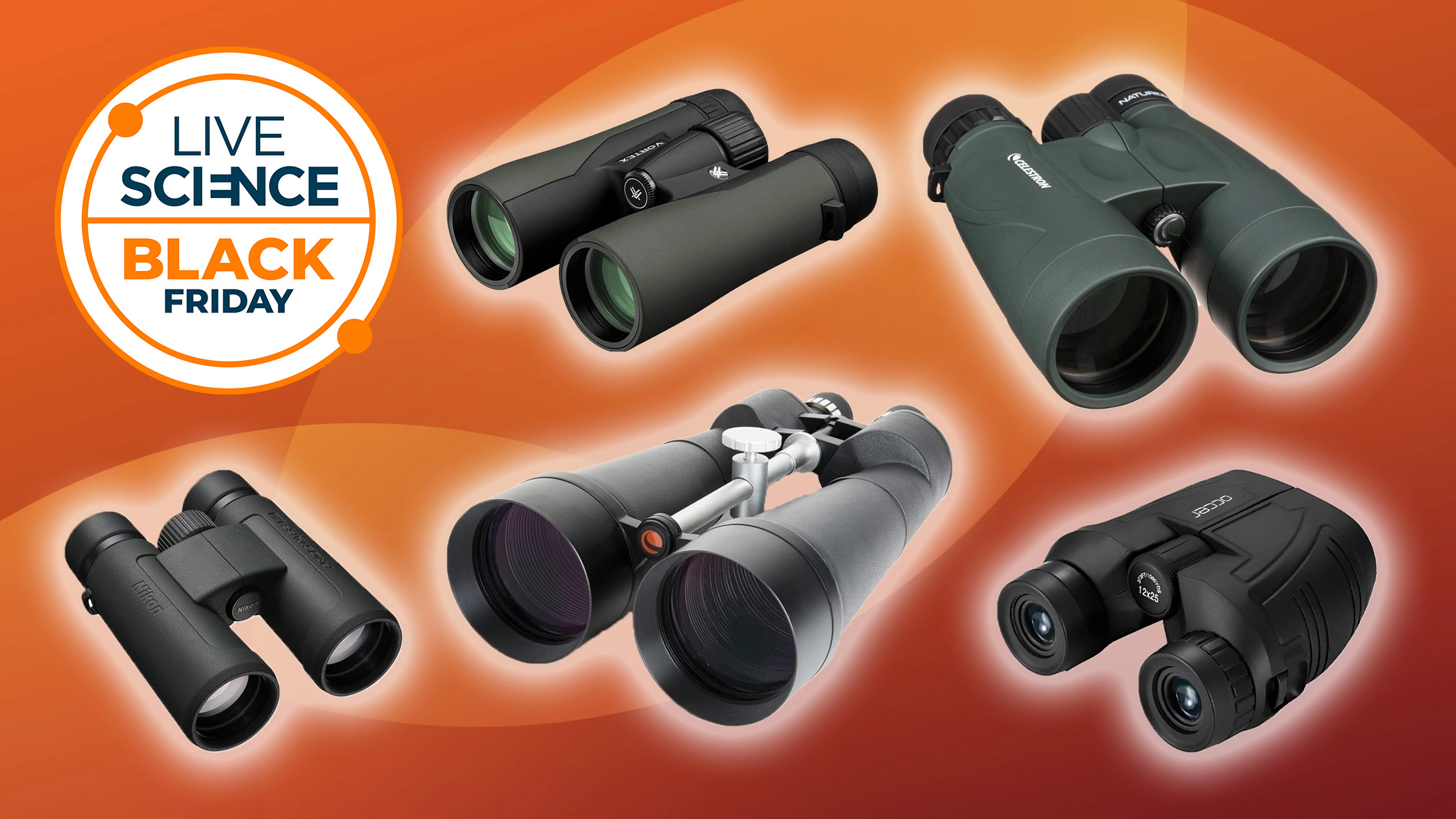Visualize the Total Solar Eclipse with NASA's 3D App
Find out what the Aug. 21 total solar eclipse will look like from anywhere on the planet with a new interactive, 3D simulation app from NASA.
The Aug. 21 eclipse will cross the U.S. from Oregon to South Carolina along a path about 70 miles (113 kilometers) wide. The new NASA app, "Eyes on the Eclipse," simulates what the sun will look like as it passes through the sky on Aug. 21. Users can explore different locations along the path of totality where the moon will completely obscure the sun in a total solar eclipse, as well as areas that will experience a partial solar eclipse or no eclipse.
Eyes on the Eclipse is a part of the NASA's Eyes program, which allows users to follow missions such as Cassini, Juno or New Horizons through interactive apps. Eyes on the Eclipse can be used on any web browser, or by downloading the app to your computer or mobile device. [Total Solar Eclipse 2017: When, Where and How to See It (Safely)]
To preview the Aug. 21 eclipse in the app, open the program through NASA's website and click anywhere on the image of Earth or choose from one of the five preset U.S. cities. To view a specific location, select the custom option and then enter the city and state, or latitude and longitude in decimal degrees.
The program offers a split-screen view, with a 3D model of the Earth on the left and a simulation of the sun as it will appear at the time and location selected on the right. By adjusting the time and location, you can see how much of the sun will be covered by the moon during the eclipse.
Locations along the narrow center line of the moon's central, dark shadow, also called the umbra, will experience a total solar eclipse, as the moon moves directly in front of the sun's disk and turns day to night. Areas outside the path of totality will still experience a partial solar eclipse, when part of the sun's bright light is visible. NASA reminds skywatchers to wear safe solar glasses when looking at a partial solar eclipse to prevent permanent eye damage.
Readers can download the Eyes on the Eclipse app here.
Get the world’s most fascinating discoveries delivered straight to your inbox.
Editor's note: Space.com has teamed up with Simulation Curriculum to offer this awesome Eclipse Safari app to help you enjoy your eclipse experience. The free app is available for Apple and Android, and you can view it on the web. If you take an amazing photo of the Aug. 21 solar eclipse, let us know! Send photos and comments to: spacephotos@space.com.
Follow Samantha Mathewson @Sam_Ashley13. Follow us @Spacedotcom, Facebook and Google+. Original article on Space.com.



